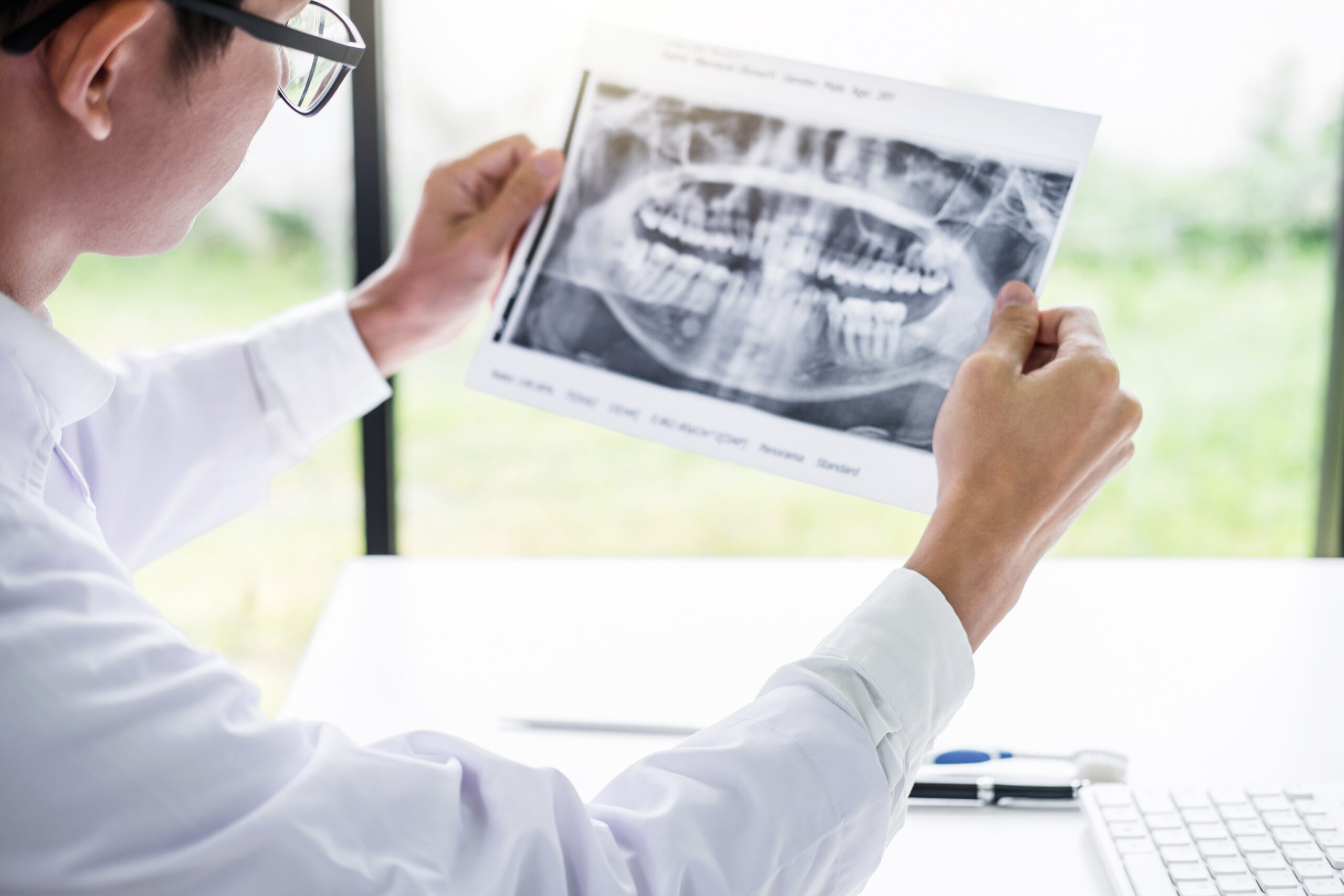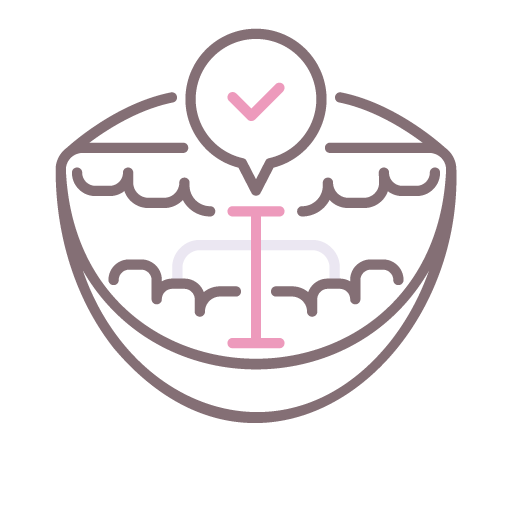Orthognathic Surgery
Jaw surgery, also known as orthognathic surgery, is a surgical procedure that aligns the upper jaw with the lower jaw. Instead of one single surgery, there is usually a process to it beginning with orthodontic treatment to prepare your the jaw for the surgery.
Orthognathic Surgery: What’s Involved

The process for getting orthognathic surgery typically begins with orthodontic treatment. This is to prepare your jaw for the surgery itself. When you come in for your consultation, Dr. Barron will be able to provide you with a personalized treatment plan that lays out the entire process.
There’s a lot of preparation by your orthodontist as well. Things like X-rays, CT scans, and dental models of your mouth are all important factors. This helps to ensure your surgery goes smoothly with no problems at all.
Orthognathic surgery is often used in adults who need their jaw repositioned. While there are some methods that can be used for adults that don’t involve surgery, only very mild cases are typically done this way. This is due to the fact that as an adult, the jaw has stopped growing so any major changes are virtually impossible without specialized surgery.
Get Your Free Orthognathic Surgery Consultation In Fort Worth Today
Ahava Orthodontics is always welcoming new patients to give them great smiles. Dr. Barron is a highly trusted, certified orthodontist that provides the option for orthognathic surgery in Fort Worth.
Getting started is easy. Simply contact our office to get your new patient exam scheduled and we’ll have you on the path to a great smile in no time!
Types of Orthognathic Surgery
There are a few different variations for orthognathic surgery that focus a specific portion of your jaw that needs correcting. When you visit Dr. Barron at Ahava Orthodontics for your consultation, he’ll be able to get an in-depth look at your personal needs. Then, he’ll let you know which of the three surgeries you will need:
- Maxillary – this surgery focuses on the upper jaw. This surgery is utilized when your upper jaw is too far forward or too far back. This surgery is also commonly used to fix the “open bite” and the “cross bite”.
- Mandibular – this surgery will focus on the lower jaw. Like the maxillary surgery, this is utilized when the lower jaw is too far forward or too far back.
- Bilateral – also called a double-jaw surgery, this is utilized when there are problems that are affecting both the upper and lower jaw.


Recovery From Orthognathic Surgery
Most people are usually concerned with recovering from the surgery. Just like with just about any other kind of surgery, you’ll have some discomfort. Your healthcare provider will be able to prescribe the necessary medication to reduce your pain as well as prevent infections. You will also have a plastic splint in your mouth. This is kind of like using a retainer after having your braces removed as it helps your mouth get used to its new position.
You probably won’t be able to eat solid foods for a while. Unfortunately, it’s an unavoidable side effect of having jaw surgery. You’ll have to go on a liquid diet for a while.
Orthognathic surgery isn’t something that you should take lightly. Consulting with your orthodontist will give you a better understanding of what you need for a great, healthy smile.

